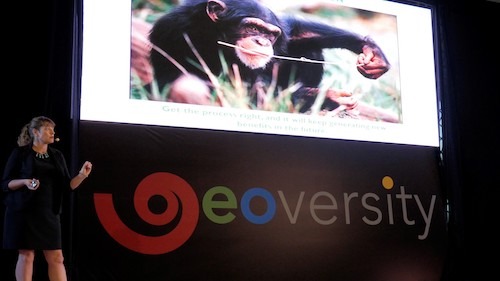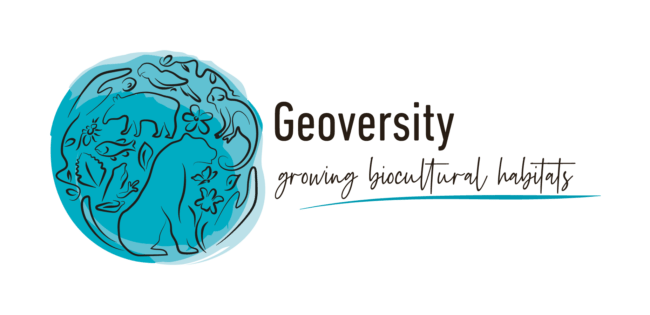This is the third blog in a new blog series by Geoversity
Sea levels rising, forests on fire, children in cages while men can’t breathe. Meanwhile, a bat virus finds a new host. Any thinking person experiences such a barrage of careless violence every day as ecosystems full of tiny dramas, magical complexities, and intricate dances (evolved over countless perilous lifetimes) are slashed, interrupted, drowned out, fenced-in, chopped down, filled in, stepped on, poisoned, standardized, extracted, and ripped up without further thought – erasing future possibilities, increasing strain and vulnerability.
The symptoms of our disease are many and varied, and problems are thick on the ground. But the source of it all is surprisingly singular: the tracks lead directly to the belief that living systems ought to be managed for maximum production to keep us safe from life itself.
That’s a dangerous delusion, for we are just another variety of animals – subject to the same desires and difficulties, dependent on the same possibilities. But where life diversifies to avoid competition and collaborates to reduce costs, modern institutions insist on standardization and competition – do this for a grade or a paycheck. Artificially imposed simplicity damages diversity of every kind – even our own fragile uniqueness! Eventually, as King Ozymandias could testify, monolithic structures buckle and fail. This is how civilizations crumble.
As a child, I wondered – what kind of crazy animal would do that to itself? It’s a difficult question. It is hard for us to see the forest for our assumptions, wishful thoughts, self-deceit, and plain old lies! But as Einstein once said: “The better part of a solution is studying the situation.” So that is what I tried to do.
In the early years, I was looking for something like a lemming switch – whatever it was that inspired lemmings to jump off cliffs for the good of their species in that old black and white Disney nature documentary. If I could flip that switch, I thought, I could save the world. It actually turned out the thing that made the lemmings jump was the film’s director, paying the camera crew to toss some lemmings over for extra drama. Nonetheless, I was hooked on the line of the question!
I started out as a botanist, studying plants (they lacked the habit of running away), then moved on to cetaceans (since the key seemed to lie in our magnificent brains, I thought I ought to get a handle on the comparables), then finally got to the heart of the matter. It was in the cradle of humanity – Ethiopia, near where Lucy’s ancient fossil remains were found – where two kinds of baboons, each with their own ecology, mating system, and social norms met and occasionally mated to produce a motley assortment of individuals across a wide range of terrain. Scientists love this kind of thing!
This delightful social evolution experiment taught me a great deal about the evolutionary process and the deep ecological, developmental, and behavioral patterns that result from it while helping me develop some powerful models for human speciation that are still relevant today. Here’s what I came to understand:
Humans are colonial apes, living in ant-like communities with defensible home territories. We pool our abilities, knowledge, and resources, and expect a certain measure of helping and sharing from our members. Half our childcare is shared on average––that’s strange for any animal, and certainly unique among apes. This “collective intelligence” strategy requires a shared identity, and a set of norms and rules for suppressing dominance, deception, mooching, and hoarding. Without this cultural maintenance, our ape dominance tendencies prevail and social parasitism spreads. We are scanning constantly for opportunities to “surf for free” on energy and matter already in motion around us, and like elephants or beavers, we are magnetized to potential – what opportunities can we create for the least effort? Like the flawed and opportunistic trickster figures prevalent in our most ancient tales, we are persistent catalysts of opportunity and transformation.
I speak from experience. With the death of a child, diagnoses of autism and developmental disabilities for the others, and the onset of the “Great Recession,” my husband succumbed to mental illness. Having stepped off the academic and scientific tracks a decade past, I had no hope of gainful employment. There is no controlling these facts of life. What could I do? I took stock. I had knowledge as a professor and researcher in evolution, genetics, and primatology, and expertise in corporate innovation and dysfunction. I was a prolific writer. So, I fired myself, sold the company, started a blog about “baboon politics in business” and began working as an executive leadership coach for scientists.
I discovered biomimicry – innovation inspired by nature, and my blog evolved into a column called The Biomimicry Manual. I earned “the world’s first Biomimicry Master’s degree,” and finally – mostly at stoplights and school waiting lines – I wrote a book, TEEMING: How Superorganisms Work to Build Infinite Wealth in a Finite World. It went to #1 on Amazon in Environmental Economics, Ecology, Animal Behavior, and Organizational Development, and today it is widely considered the defining work on biologically-inspired business and organizational design.
Fast-forward a few years, and I was providing bio-inspired innovation and organizational design to a Fortune 500 clientele, growing my consulting business. It was early 2020, right before the COVID shutdown, and I was asked to teach a “biomimicry of business” workshop for the Biomimicry Institute for young entrepreneurs. The venue was exceptional: a spectacular region of the Panamanian cloud forest. This was just one jewel in a dazzling matrix of conservation campuses under the stewardship of Geoversity, which has been growing youth leadership skills for 30 years towards supporting efforts to conserve biocultural diversity in their communities.
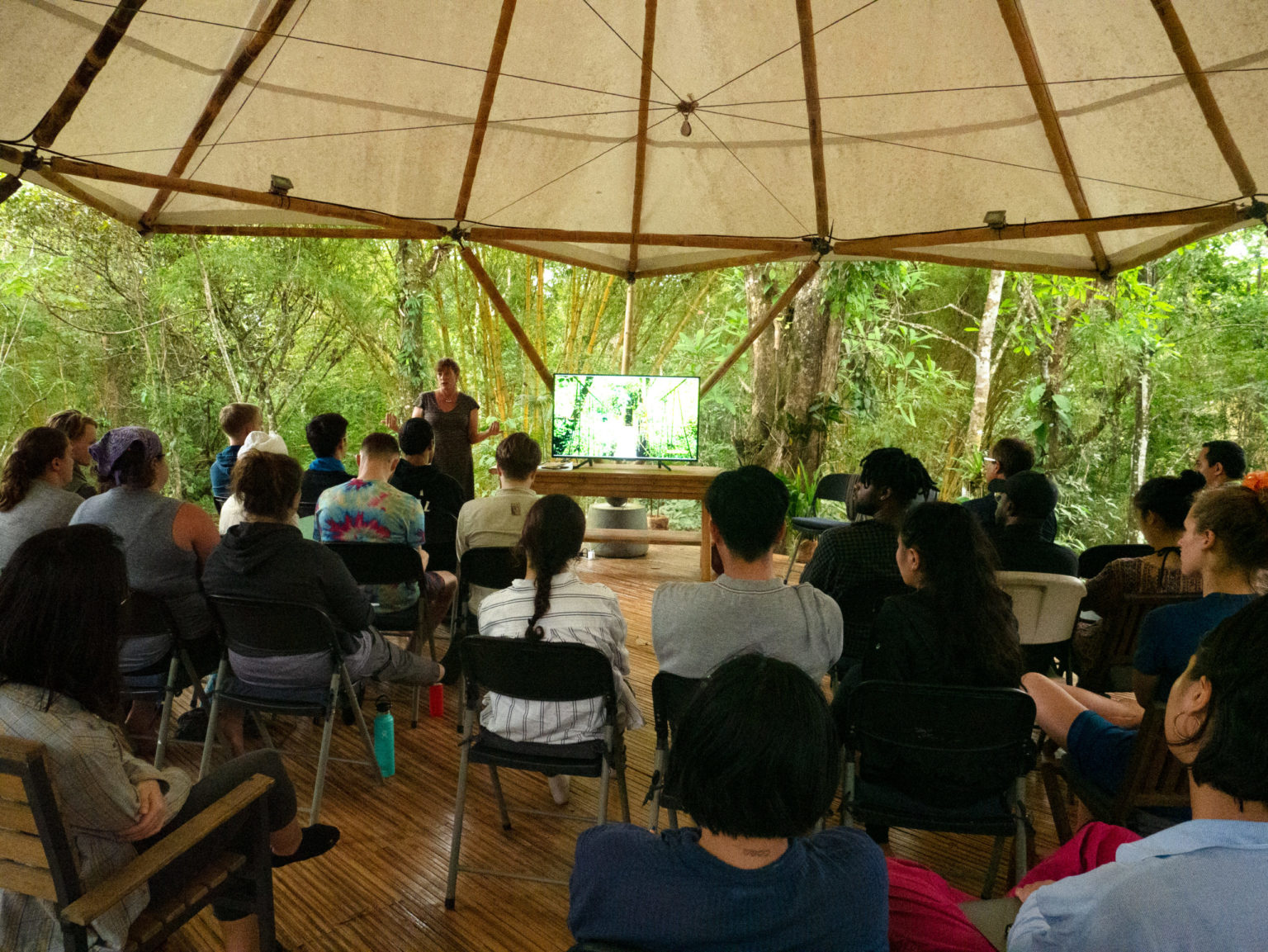
I was deeply impressed by the 12,800-acre natural campus, talent, and depth of commitment, and when Director Nathan Gray asked me to stay on as the Dean of the Geoversity School for Biocultural Leadership (GeoSchool), I gladly accepted.
The GeoSchool is dedicated to cultivating and supporting young leaders who are facilitating biocultural renewal – the intergenerational transfer of collective knowledge and imagination – to grow the future diversity, exchange, and potential we require.

I got right to work, mobilizing a deep network of amazing thought leaders while crafting a rich and provocative curriculum to match our unparalleled matrix of living campuses. And then…the pandemic every biologist has been waiting for happened. The work was more urgent than ever, but I needed a place I could get to. And so… the Borrego Institute for Living Design (BILD) was born.
Far to the north and west of Panama, in the bone-dry shadow of inland Southern California’s Peninsular mountains, lies a radically different diversity corridor. Here, at the farthest edge of the vast Sonora, lies the stark drama of the Anza-Borrego Desert–home of the BILD.
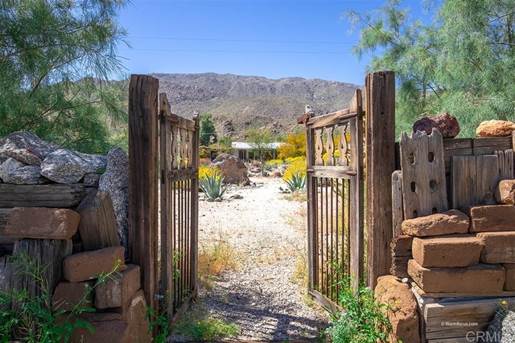
This canyon represents a vital corridor for biodiversity: a snowmelt-fed transition area from the mountain woodlands to deserts beyond–the Colorado, Mojave, and Sonora. Ancient ironwood, palo verde, mesquite, and acacia thrive, while a herd of critically endangered Peninsular Borrego Sheep (and accompanying large predators) wanders its slopes. A huge variety of unusual cacti and reptiles make their homes among an ancient ocotillo-forested sand bajada. Many residents adapt to daily and seasonal swings by moving along this steep gradient, and the diversity among species and within them is startling. Gambel’s and California Quail hybridize in this corridor, as do desert and flat-tailed Horned Lizards – a source of evolutionary novelty. Burrowing owls enjoy the sandy dunes, and several kinds of bats roost in local cliff cracks and caves, feeding on insects in the spring. Winter rains nurture a carpet of tiny purple and yellow wildflowers – it is impossible to step without marveling at life’s dogged persistence. Hummingbirds and orioles are attracted to this rare source of water, and Swainson’s Hawks stop here yearly on its way to places like Panama’s Mamoní Valley Preserve – a dearly loved local celebration.
The Kumeyaay and Cahuilla people traveled these trails for thousands of years, and the pottery, tools, metates, and useful plants cultivated through lifetimes of care and expertise still dot the landscape. This way of “making a living with the land” is our birthright and deepest nature. Each of us is a deep-time survivor, a proven model of resilience and adaptation with a 3.8 billion-year unbroken line of successful ancestors. The forests are ancient anthropogenic gardens, and we have always belonged to the world.
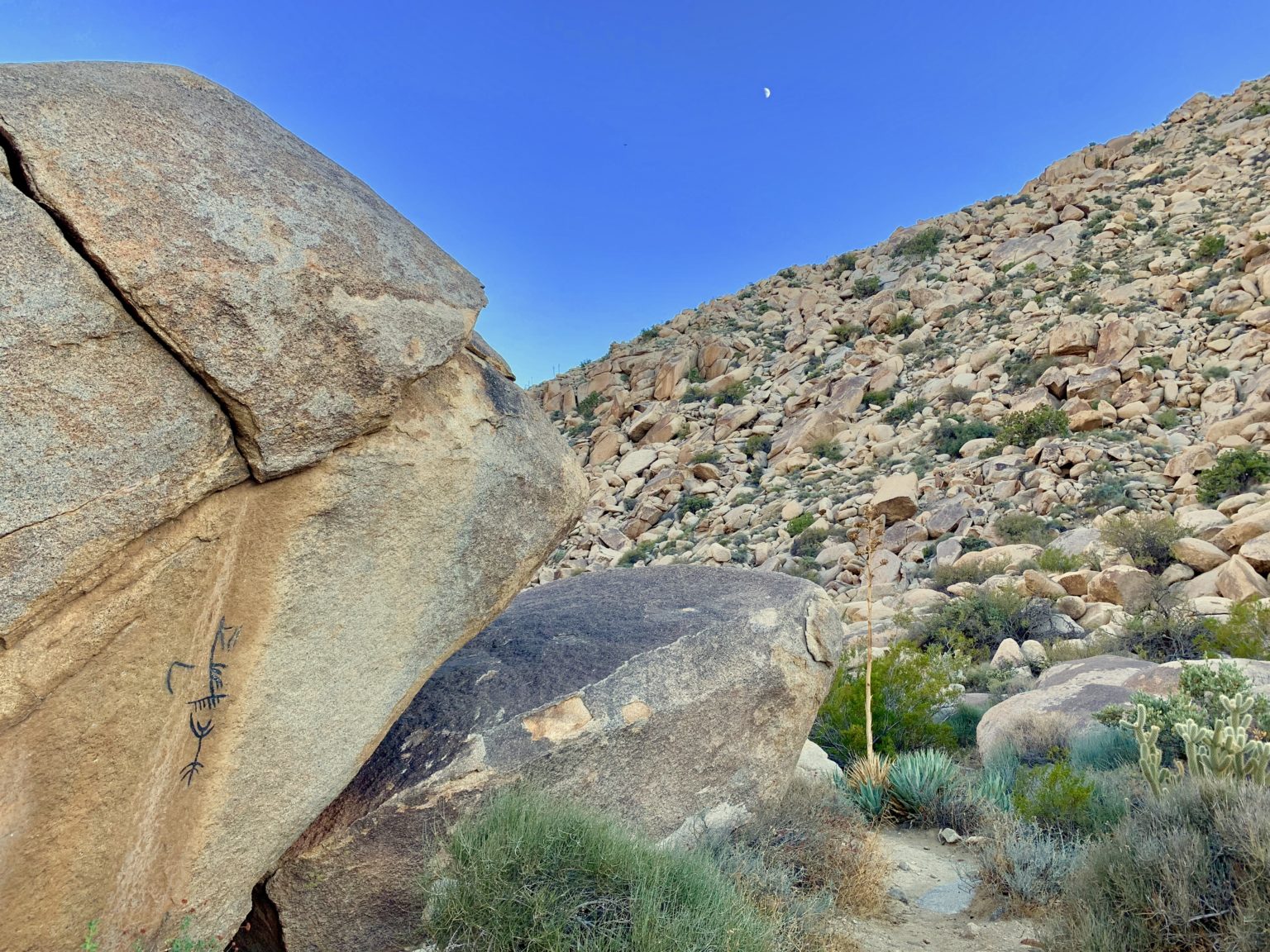
Few remember how to live in this way, but once upon a time such “biocultural” knowledge was shared through stories and songs – practiced, mentored, and tested observation and expression. Today most of us are cats without claws, struggling to get by in the world missing a limb – an entire species severed from the hard-won bank of skills our ancestors pioneered. We have so much technical expertise and scientific knowledge, but we are trapped in structures and processes, and cultures that don’t support our natural inventiveness and collaboration. Our prevailing mechanistic mindset cannot accommodate it.
Being a population geneticist, I look at current events as snapshots of ancient relationships born through streams of genes, stories, and language. In Eastern San Diego, for instance, I see the faded tumbleweeds of the migrants that have passed through over the decades. Hardy, opportunistic, persistent, and rootless seeds of the dust bowl, the gold rush. Confederate runaways and cattle drivers found a profitable patch for a spell before moving on.
The sensation of belonging to a place and community – home – is critical for people. The biocultural renewal of intergenerational memory cannot happen without it. Safety and shelter, a level of familiarity and comfort, trust: all require that place-sourced belonging. Indigenous people – those whose families have been in an intimate relationship with specific lands for generations – have been the bearers and creators of that knowledge.
This is what makes us human. It is how we build rich cultures of place and care. It is what gives our lives meaning and keeps us connected to the land and its beings and our place among them. It is how we belong. But much of that knowledge has been lost and most land is now publicly or privately owned and managed. Most of this country’s inhabitants’ ancestors lived someplace else, our stories quickly forgotten. Being transient, we have little concept of the lives other creatures we run into have lived, or concern for how they may unfold. But what about new human inhabitants? How can we belong to places our ancestors’ bones never rested, learn to take care of them as they did? And who will take care of them if we do not?
If we are to resume our human role in the landscapes we inhabit I think we will need to regenerate that belonging and place-sourced expertise. What is the correct way to approach this? How can we regrow shared identities and collective futures?
“The emancipation of both nature and the human imagination depends first on the capacity to ‘unsay’ the world and, second, on the ability to imagine it differently so that wonder might be brought into appearance.” – James Corner
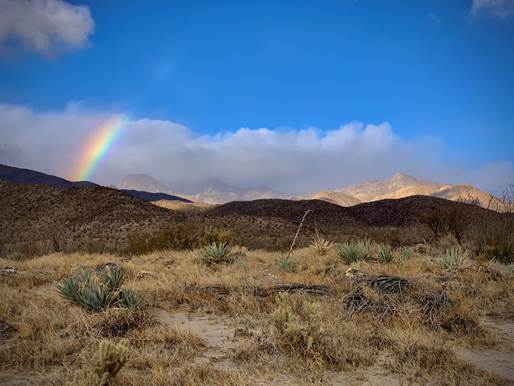
The BILD seeks to begin this process by catalyzing a fundamental reset in the way people see and understand the world and our human role in it, to inspire a shift in what we do and how we do it. We do this by immersing folks in the processes and patterns of complex living systems – in a way that transforms their perception, thinking, and actions, so they can begin the work of regenerating cultural expertise for caring for the places we live in.
Biocultural knowledge has been transmitted through generations of complex communication media, including scientific observation, artistic expression, and oral storytelling traditions. Similarly, we rely on a braided curriculum of applied naturalist skills, evolutionary ecology, and anthropology expertise, artistic expression and creative works, as well as mythic storytelling – ancient human narratives and origin stories of the stars, stones, and waters we share.
How can you help or join our efforts?
I hope you will find these ideas intriguing! Perhaps you have college-age students that might be interested in opportunities to join our Pacific Flyway as Biocultural Leaders – we would love to have them. Please share GeoSchool’s GeoYear!
Meanwhile, you can visit our Borrego Institute for Living Design to find out what we’re cooking up – including exciting conversations, in-person and virtual events, immersions and regenerative design groups, as well as BILD memberships for artists and creatives, regenerative leaders, and mission-driven entrepreneurs.
Check us out, young and old – a crucible for diverse exchange and rapid evolution, a place at the edge where diverse disciplines, cultures, and species come together to regenerate vitality, opportunity, and adaptive potential. We can’t wait to see you!
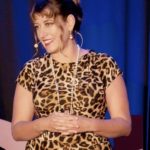
Dr. Tamsin Woolley-Barker is Founder and Principal of the TEEM Innovation Group as well as Dean of Geoversity’s School of Biocultural Leadership in Panama.
The MAHB Blog is a venture of the Millennium Alliance for Humanity and the Biosphere. Questions should be directed to joan@mahbonline.org

